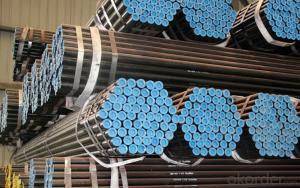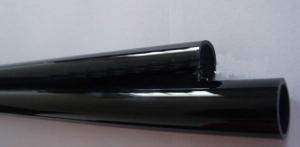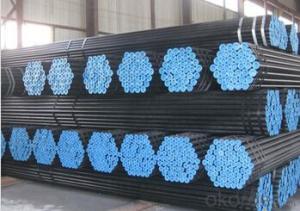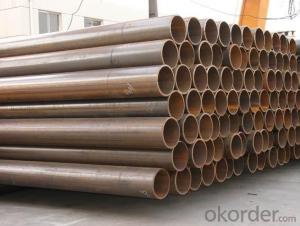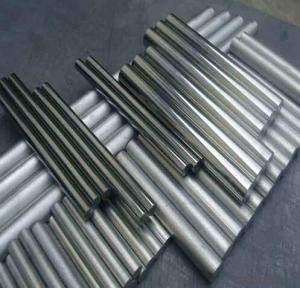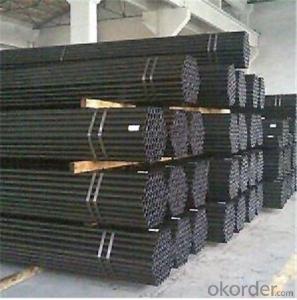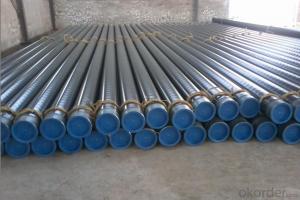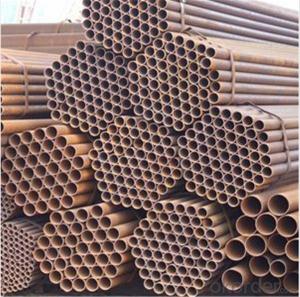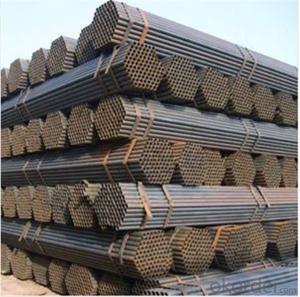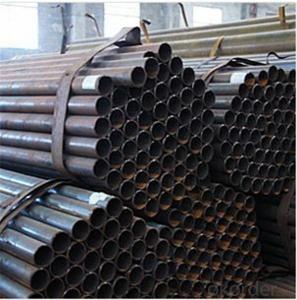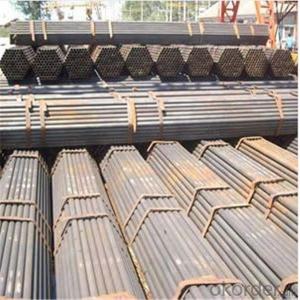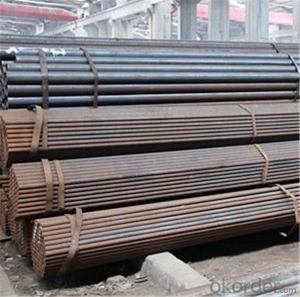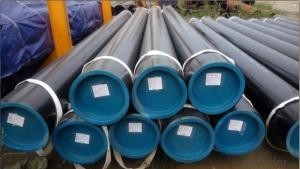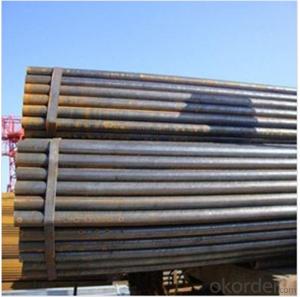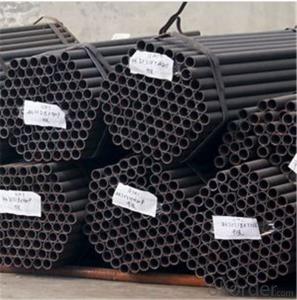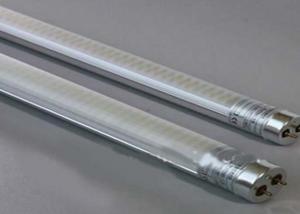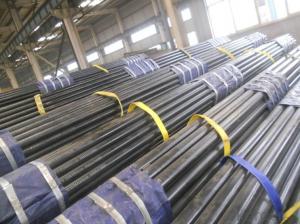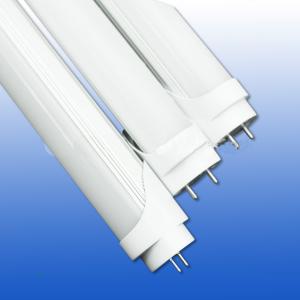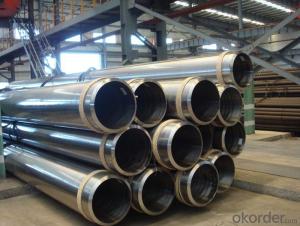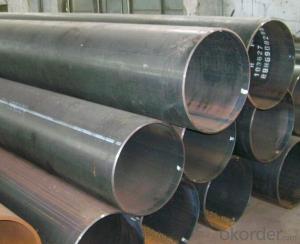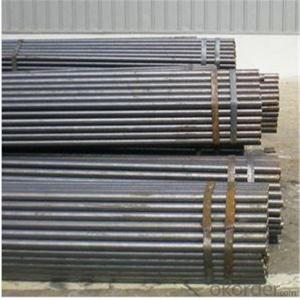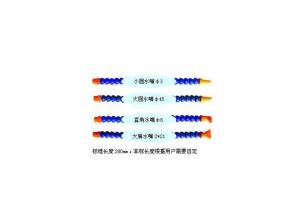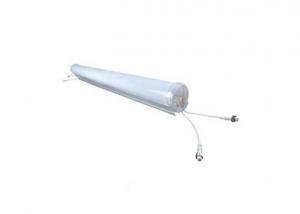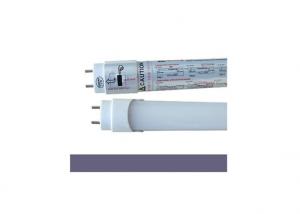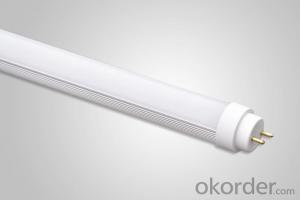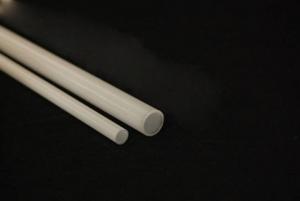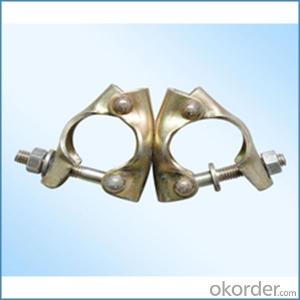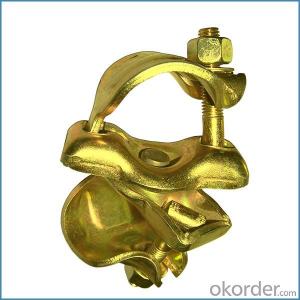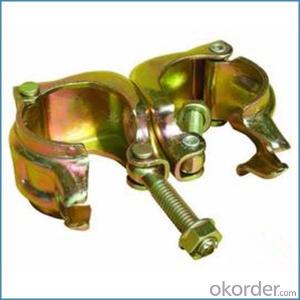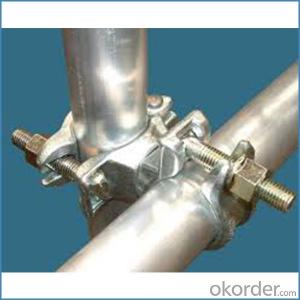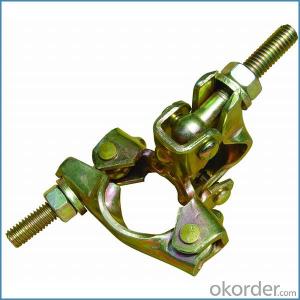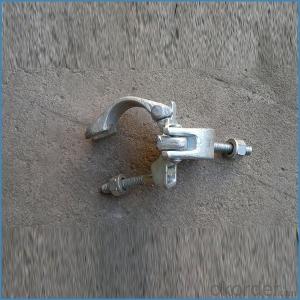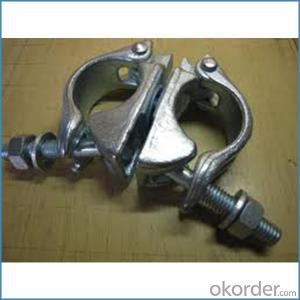Black Delrin Tube
Black Delrin Tube Related Searches
Galvanized Steel Tube Black Stainless Steel Chain Painting Stainless Steel Black Black Stainless Steel Paint Black Stainless Steel Faucets Stainless Steel Black Hexagonal Steel TubeHot Searches
Black Delrin Tube Supplier & Manufacturer from China
Okorder.com is a professional Black Delrin Tube supplier & manufacturer, offers integrated one-stop services including real-time quoting and online cargo tracking. We are funded by CNBM Group, a Fortune 500 enterprise and the largest Black Delrin Tube firm in China.Hot Products
FAQ
- Steel tube couplers can be used in scaffolding structures with uneven or sloped surfaces. These couplers are designed to provide a strong and secure connection between steel tubes, allowing for flexibility and adjustability in various construction environments. They can adapt to different angles and uneven surfaces, ensuring stability and safety in scaffolding structures.
- To inspect steel tube couplers for damage or wear, you can visually examine them for any visible cracks, dents, or deformations. Additionally, you can use a magnifying glass or a dye penetrant test to detect any subtle defects or surface irregularities. It is also important to check the couplers for corrosion, as this can weaken their structural integrity. Regular inspections should be conducted to ensure early detection of any issues, and any damaged or worn couplers should be promptly replaced to maintain the safety and reliability of the steel tube structure.
- Certainly, steel tube couplers are suitable for use in various weather conditions. With its robustness and durability, steel proves to be highly resistant to extreme temperatures, high humidity, and strong winds. To further ensure their longevity under harsh weather conditions, steel tube couplers are often treated or coated to safeguard against corrosion. Moreover, the design and construction of these couplers are typically engineered to withstand adverse weather, making them a dependable and secure choice for a multitude of applications, including construction, plumbing, and infrastructure projects.
- I got a scaffold piercing 2 days ago, how long will it be swollen for?
- It sounds such as you have a contaminated piercing website. you will possibly desire to get a physician to look at this as there must be a situation. Are you specific that the kit that became used to pierce your ears have been thoroughly sparkling? If no longer, you will possibly have an infection from it. wish that this permits:)
- Generally, humidity or moisture poses little threat to steel tube couplers. Steel is widely recognized for its durability and strength, and when adequately coated or galvanized, it becomes further impervious to moisture. Nonetheless, extended exposure to excessive humidity or direct water contact can ultimately result in corrosion. To guarantee utmost resistance to moisture, it is recommended to employ steel tube couplers with suitable protective coatings or to contemplate utilizing stainless steel couplers, which boast exceptional corrosion resistance.
- Indeed, scaffolding accessories such as platforms or guardrails can be effectively utilized in conjunction with steel tube couplers. In the realm of scaffolding systems, steel tube couplers are commonly employed to establish a firm and dependable bond between tubes, thereby ensuring the stability and safety of the scaffolding structure. By means of steel tube couplers, platforms and guardrails can be effortlessly affixed to the scaffolding system, thereby facilitating the establishment of a secure working platform at varying elevations. It is imperative to ensure the meticulous installation and tightening of the couplers to guarantee a reliable connection between the accessories and the scaffolding system.
- Yes, there are specific regulations and standards for the use of steel tube couplers in scaffolding. These regulations ensure the safety and structural integrity of scaffolding systems. Standards such as EN 74 and BS 1139 outline the requirements for coupler design, materials, load capacities, and installation procedures. Compliance with these standards is crucial to maintain the safety of workers and prevent accidents on construction sites.
- Indeed, steel tube couplers possess the capability to be utilized in scaffolding systems necessitating substantial resistance against impact. Skillfully crafted, these couplers securely interlock steel tubes within scaffolding structures, thereby furnishing stability and fortitude. Steel, renowned for its endurance and superior strength-to-weight ratio, emerges as an optimal material for scaffolding systems that demand heightened impact resistance. Furthermore, steel tube couplers endure thorough examination and must adhere to precise standards in order to guarantee reliability and efficacy. Consequently, the employment of steel tube couplers in scaffolding systems that necessitate formidable impact resistance is both fitting and secure.
